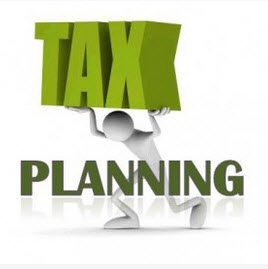
Cash basis taxpayers have a large number of ways to control their 2020 reported taxable income which is even more important this year since we may be moving from historically low tax rates to much higher rates post-2020.
While a Biden victory appears fairly certain, we find ourselves in the position of not knowing whether the Democrats or Republicans will be controlling the Senate. The two federal Senate seats in Georgia will not be determined until January leaving us with significant tax planning uncertainty. These seats are unsettled since neither candidate won over 50% of the votes cast. The Republicans just need one of these seats to control the Senate, while the Democrats must win both seats.
Senate control is critical to determining whether the Biden Administration will be able to push though their promised tax increases (see attached summary) including increasing ordinary tax rates (from 37% to 39.6%) and long-term capital gain rates (from 23.8% to 39.6%) for taxpayers with more than $400,000 and $1,000,000, respectively, of taxable income.






 One of the key things to year-end planning is to make sure you understand your tax payments. This is not the sexiest of year-end planning topics, but it is one of the more important ones. The first goal is to determine how much you might owe when the return is filed. The second goal is to analyze the estimated tax payments. The third is to save taxes with the timing of state payments.
One of the key things to year-end planning is to make sure you understand your tax payments. This is not the sexiest of year-end planning topics, but it is one of the more important ones. The first goal is to determine how much you might owe when the return is filed. The second goal is to analyze the estimated tax payments. The third is to save taxes with the timing of state payments.

















Recent Comments